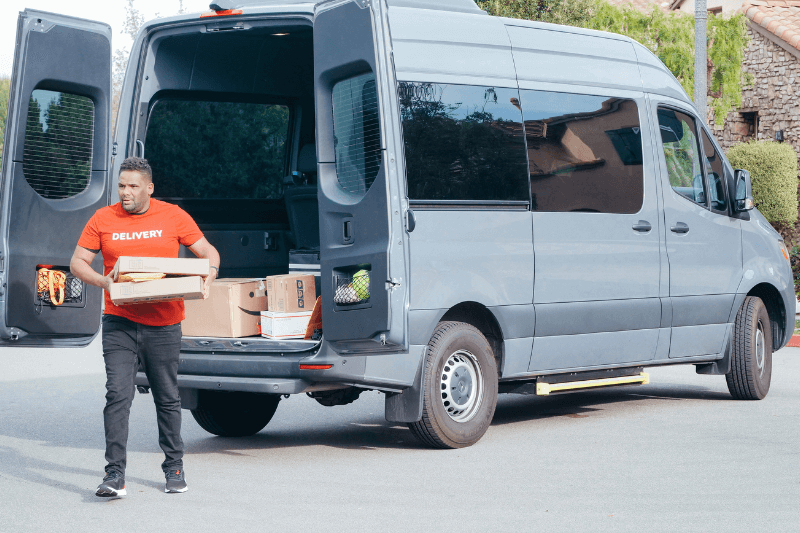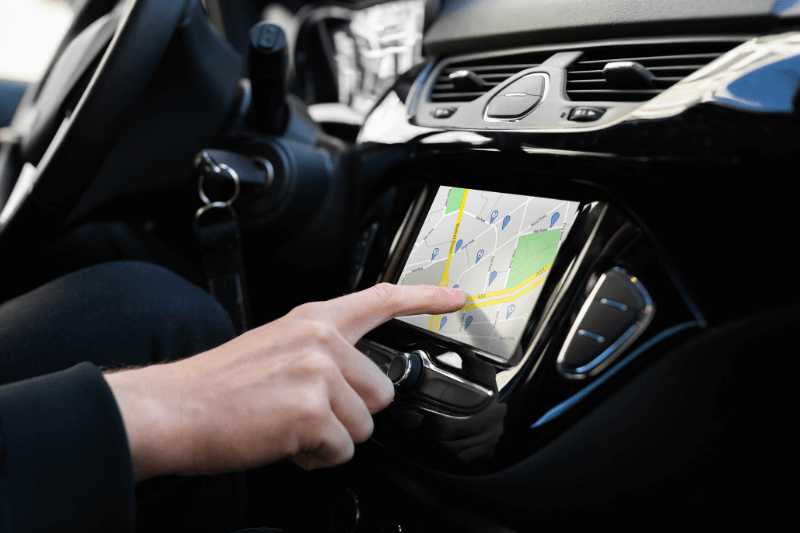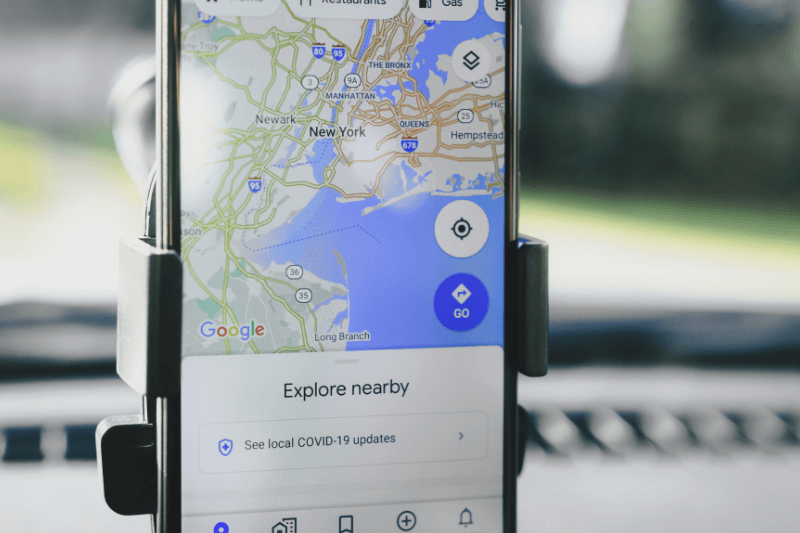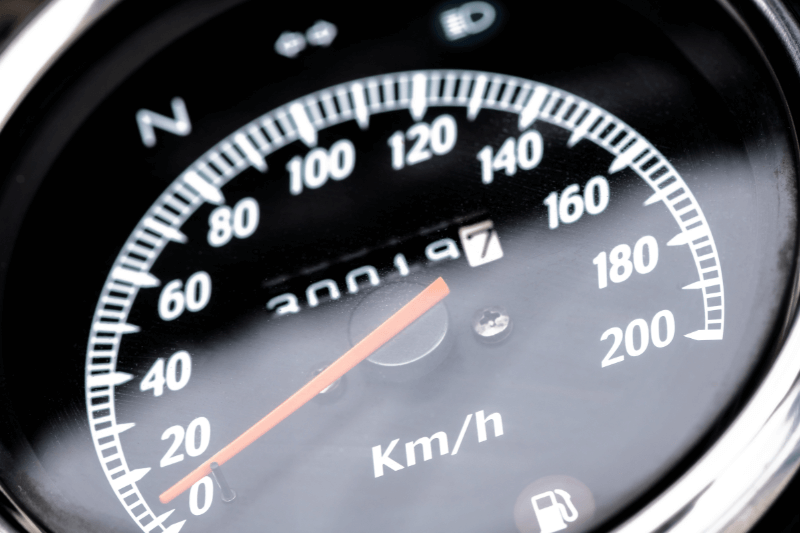Mapping Multiple Locations Google Maps Style
August 04, 2025
Google Maps is a fantastic and accessible tool for planning routes, whether you’re traveling between two addresses or managing a complex itinerary with multiple stops. But while Google Maps shines at quick, straightforward directions, especially when you map two locations on Google Maps, things get tricky when you want to plan a trip with many stops.
If you’re wondering how to map multiple locations in Google Maps, including simpler two-address routes and larger multi-stop journeys, here’s a step-by-step walkthrough, plus a smart way to supercharge your logistics with route optimization software like MyRouteOnline.
Your Route with Two Addresses on Google Maps
When you simply want to get from Point A to Point B:
- Open Google Maps (on desktop or mobile) and click the Directions button.
- Enter your starting location in the first field (this can be your current location).
- Enter your destination address in the second field.
- Choose your mode of transport (car, walking, cycling, or public transit) and get detailed directions tailored to your needs.
Google Maps will instantly calculate the best route, provide an estimated travel time, and show turn-by-turn navigation options.
For many users, this straightforward planning for two points is all they need. Google Maps’ routing algorithm automatically finds the most efficient path between these points, saving you time and effort. It usually gives 1-3 alternatives, and the recommended route will be highlighted in blue.
Adding and Managing Multiple Stops on Google Maps
What happens when you need to visit multiple locations like several client meetings, drop-offs, or deliveries? Google Maps lets you add up to 10 stops between your start and end points. Here’s how:
- After entering your start and end addresses, click or tap “Add destination” to include extra stops.
- Add each stop’s address one by one.
- You can then drag and drop stops to reorder them and customize your itinerary based on priority or time windows.
- Google Maps will recalculate the route accordingly, helping you visualize the day’s journey.
However, Google Maps only sequences stops in the order you specify and it does not automatically optimize for the shortest or fastest overall route when you have more than a couple of addresses. This means you might spend more time or fuel than necessary if you’re manually arranging many stops.
Why Use MyRouteOnline for Route Optimization?
This is where dedicated route optimization tools like MyRouteOnline become invaluable, especially if you need to:
- Plan routes with dozens or even hundreds of addresses quickly.
- Automatically find the most efficient sequence of stops to minimize travel distance and time.
- Save on operational costs such as fuel, vehicle wear, and labor hours.
Using MyRouteOnline, you can upload your list of addresses directly (for example, as an Excel file), and it will instantly calculate an optimized route sequence for you. This eliminates guesswork and manual dragging of destinations, making multi-stop planning fast and simple.
How to Combine MyRouteOnline and Google Maps for the Best Results
- Prepare your list of stops in an Excel or CSV format (this could be delivery addresses, client locations, or shipments).
- Upload the file to MyRouteOnline, which quickly processes and generates the optimal route considering any special constraints.
- Open your route on the MyRoute app to navigate with Google Maps.
- Use Google Maps for reliable turn-by-turn navigation with voice guidance during your journey.
This combination gives you the best of both worlds: MyRouteOnline’s powerful route optimization and Google Maps’ familiar, user-friendly navigation interface.
Conclusion
- For simple two-address trips, Google Maps is fast, intuitive, and highly effective.
- When planning routes with multiple stops, Google Maps allows manual adjustments but doesn’t automate the best order.
- To maximize efficiency, save time, and cut costs with complex routes, using a route optimizer like MyRouteOnline is crucial.
- MyRouteOnline integrates with Google Maps, making it easier than ever to plan, optimize, and navigate routes of any size.
With this approach, whether you’re planning a quick run from warehouse to client or managing a fleet of deliveries, your routes become smarter, faster, and more cost-effective.









